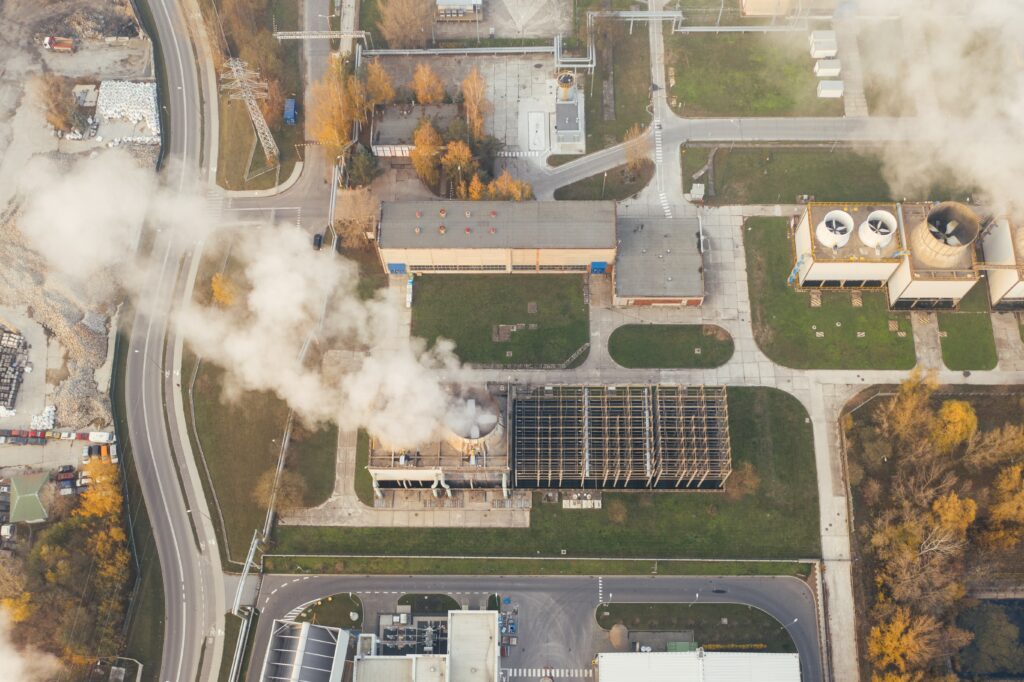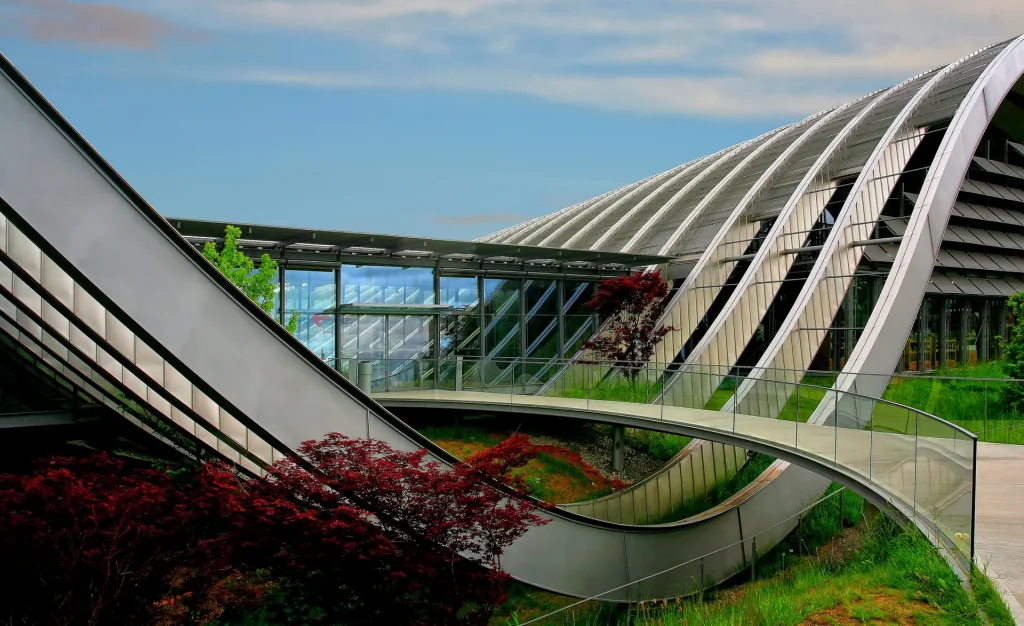We only have one planet, and as we know, climate change poses a huge threat to its future. Therefore, as well as making smaller changes such as insulating our homes, reducing plastic consumption and opting for electric vehicles on the roads, the way we build or modify existing buildings must also consider the environment too.
Speaking of building materials, did you know that aluminium is known as ‘the green metal?’.
Used to make everything from cans to computers, aeroplanes to windows, aluminium is strong and lightweight, providing an abundance of benefits to manufacturers, builders, architects and everyday consumers alike.
Demand for aluminium is expected to grow by more than 50% by 2050. So why is aluminium such a popular material, and what is the carbon footprint of aluminium? Here is what you need to know.
How Sustainable Is Aluminium?
Aluminium is the third most abundant material found in the Earth’s crust after oxygen and silicon and is, in fact, also the most abundant metallic material in existence. This is in sharp contrast to fossil fuels which have a limited supply, meaning aluminium already has a greener edge.
Aluminium is also 100% recyclable, and furthermore, 75% of all the aluminium that has ever been produced is still in use.
However, the one aspect of aluminium’s sustainability that is currently under review is the power that’s needed within the aluminium production process. Specifically, the smelting of aluminium which involves the extraction of aluminium from its ore, and this is achieved by heating and cooling the material.
In total, aluminium smelting currently makes up 1% of all greenhouse gas emissions. China currently produces 60% of the world’s aluminium and, unlike Europe, relies on coal-fired power to fuel the smelting process.

Future Sustainability Improvements To Aluminium
Elsewhere in Europe, other companies such as Rusal and Norsk Hydro are already producing low-carbon aluminium. The difference from China is that European manufacturers rely more on hydropower and renewable energy sources rather than fossil fuels.
In total, 1 tonne of aluminium produced in Europe produces an average of 4 tonnes of carbon dioxide. This is compared with 15 tonnes in China for the same amount of aluminium produced.
It’s clear that European producers of aluminium are ahead of their Chinese counterparts in terms of sustainability. Although, even more, future improvements are already underway, as The London Metal Exchange is planning to launch a platform specifically for low-carbon aluminium. The focus is very much on making aluminium as sustainable as possible.

Aluminium Windows & Doors – The Eco-Friendly Choice
We’ve learned that aluminium produced in Europe typically requires far less power to produce and process. Plus, further improvements to reduce the environmental impact are already in the works – namely, ensuring the energy source used in the production process is as clean as possible.
However, as mentioned, aluminium is 100% recyclable, and it can also have processes applied that make it easy to form into a number of shapes. All while being strong and lightweight. It’s perhaps no wonder then that aluminium is a popular choice for windows and doors, especially with a typical lifespan of 45 years.
Compare aluminium windows and doors to those made out of uPVC (plastic!) or wood, which requires the cutting down of trees. Once wood rots or chips, it must be replaced, and the old material cannot be reused if damaged beyond repair. Granted, uPVC is recyclable. Sadly though, most old uPVC windows and doors end up going to landfills when they are replaced, as this option is cheaper and easier for window manufacturers.
But with aluminium, there is a general consensus to recycle the material as much as possible. Given aluminium also lasts longer on average than uPVC or wood (especially untreated wood!) and continual improvements are being made to reduce aluminium’s carbon footprint even further, it’s clear that aluminium makes for a solid choice, especially where sustainability is concerned.
Aluminium window installation
Are you interested in learning more about the carbon footprint of aluminium and how it can improve the energy efficiency of your project? Whether you’re looking to undertake a commercial or residential project that involves the use of aluminium windows or doors, we’re here to help.
ABS manufactures and installs aluminium windows, including gothic arch windows, curved windows and aluminium doors. Our wide range of services encompasses most aluminium windows and door types, meaning we can create a customised solution for your project that will not only look great but will perform well for decades to come.
Please get in touch either by dropping us an email or giving us a call on 01623 721 172, and our team will get back to you.


